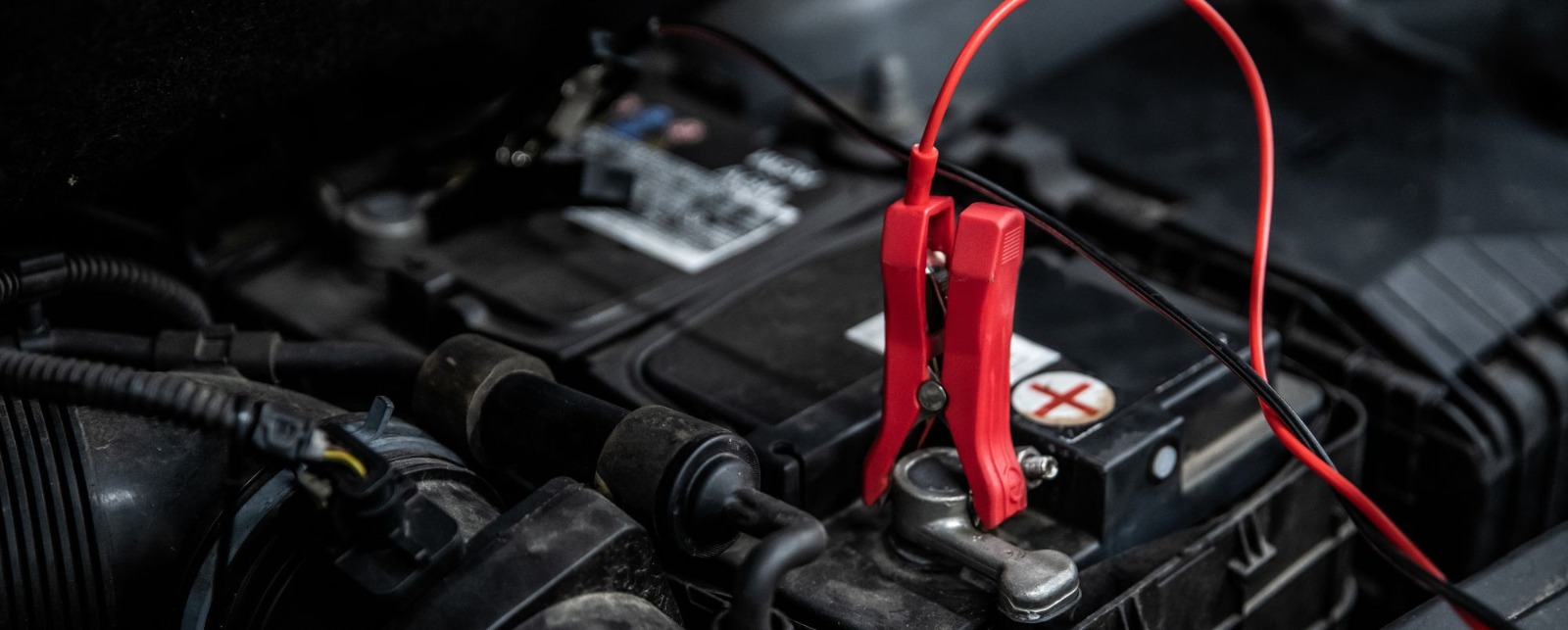Introduction
In today’s rapidly evolving energy landscape, few industries have witnessed growth as exponential as the lithium battery sector. Positioned at the heart of the green energy revolution, lithium Battery Manufacturers are powering everything from electric vehicles to grid-scale energy storage systems. As global demand accelerates for efficient, reliable, and sustainable energy solutions, the spotlight has never been brighter on these key industry players driving innovation and shaping the future of energy storage.
The Rise of Lithium Battery Technology
The Evolution of Battery Technology
Lithium battery technology emerged as a game-changer in the late 20th century, replacing older battery chemistries like nickel-cadmium and lead-acid due to its superior energy density, longevity, and lightweight design. With advancements in materials science and manufacturing processes, modern lithium-ion batteries have become safer, more powerful, and increasingly cost-effective.
Why Lithium Batteries Are in High Demand
From smartphones and laptops to electric vehicles (EVs) and renewable energy storage systems, lithium batteries are now ubiquitous. Their high energy density, fast-charging capabilities, and extended lifespan make them ideal for modern applications. As decarbonization targets tighten and energy systems shift away from fossil fuels, lithium battery manufacturers play a vital role in delivering clean, portable, and scalable power solutions.
Global Market Outlook for Lithium Battery Manufacturers
Unprecedented Market Growth
The global lithium-ion battery market is projected to grow at a CAGR exceeding 18% over the next decade. As governments implement aggressive EV mandates and support renewable energy projects, lithium battery manufacturers are scaling operations to meet this soaring demand. In particular, the Asia-Pacific region dominates production, with China leading as the largest manufacturer of lithium batteries worldwide.
Factors Fueling the Demand Surge
Several key drivers are propelling the lithium battery market forward:
- Electric Vehicle (EV) Adoption: Major automakers are transitioning to all-electric lineups, dramatically increasing the need for high-capacity lithium battery packs.
- Renewable Energy Integration: Lithium batteries are essential for storing solar and wind energy for use during non-peak production hours.
- Consumer Electronics Growth: The proliferation of smart devices and wearables ensures a constant demand for compact, rechargeable batteries.
- Grid Decentralization: Lithium battery storage enables microgrids and backup systems in both urban and remote environments.
Key Players in the Lithium Battery Manufacturing Industry
Dominant Lithium Battery Manufacturers
Several companies stand out as global leaders in lithium battery manufacturing:
- CATL (Contemporary Amperex Technology Co. Limited): A dominant Chinese manufacturer, CATL supplies batteries to Tesla, BMW, and other top EV makers.
- LG Energy Solution: Based in South Korea, LG is a key supplier to General Motors, Ford, and Honda.
- Panasonic: A long-term partner of Tesla, Panasonic continues to invest heavily in battery innovation and Gigafactory expansions.
- BYD: This vertically integrated Chinese company not only manufactures lithium batteries but also produces its own EVs.
- Samsung SDI: Known for cutting-edge lithium-ion technology, Samsung SDI supplies both consumer electronics and automotive sectors.
Emerging Lithium Battery Manufacturers to Watch
While established giants dominate, several emerging lithium battery manufacturers are disrupting the industry with breakthrough innovations and agile production capabilities. Companies like Northvolt (Sweden), SK On (South Korea), and Manly Battery (China) are quickly gaining market share by offering flexible, high-performance battery solutions tailored to niche applications.
Technological Advancements Driving Lithium Battery Manufacturing
Solid-State Batteries
The next frontier for lithium battery manufacturers lies in solid-state battery technology. By replacing the liquid electrolyte with a solid alternative, these batteries promise:
- Higher energy density
- Improved safety (less risk of fire or explosion)
- Longer life cycles
- Faster charging times
Leading companies and research institutions are investing billions in R&D to commercialize solid-state batteries by the late 2020s.
Battery Recycling Innovations
With lithium batteries reaching end-of-life in growing numbers, manufacturers are exploring sustainable recycling solutions. Advanced recycling techniques allow the recovery of valuable materials such as lithium, cobalt, and nickel, reducing environmental impact and supply chain dependence on raw mineral extraction.
Manufacturing Automation and AI Integration
Modern lithium battery manufacturers are leveraging artificial intelligence (AI), robotics, and digital twins to enhance production efficiency, quality control, and predictive maintenance. These innovations ensure faster time-to-market, consistent performance, and cost savings across manufacturing lines.
Sustainability and Ethical Sourcing in Battery Manufacturing
Environmental Challenges
Despite their green credentials, lithium batteries come with environmental concerns. Mining for lithium and other rare-earth metals can cause water depletion, habitat destruction, and pollution. Lithium battery manufacturers are under increasing scrutiny to implement responsible sourcing and minimize their carbon footprint.
The Push for Ethical Supply Chains
Industry leaders are embracing the following practices:
- Sourcing materials from certified conflict-free zones
- Partnering with responsible mining companies
- Implementing traceability technologies like blockchain
- Conducting third-party sustainability audits
Circular Economy in Lithium Battery Manufacturing
A circular economy model aims to extend battery life through refurbishment, reuse, and recycling. Manufacturers are designing batteries with recyclability in mind and establishing take-back programs to reduce waste and promote resource efficiency.
Applications Driving Lithium Battery Innovation
Electric Vehicles (EVs)
Electric vehicles are the primary growth engine for lithium battery manufacturers. Automakers are demanding lighter, faster-charging, and longer-lasting batteries. Innovations such as battery pack modularity, thermal management, and energy-dense cell chemistries are helping EVs compete with internal combustion engines in both range and price.
Consumer Electronics
As consumer devices become more sophisticated, they require batteries that can support higher processing power without increasing size. Lithium battery manufacturers are constantly refining battery form factors, charging speeds, and temperature resistance to cater to high-end electronics like foldable phones, wearables, and AR/VR devices.
Energy Storage Systems (ESS)
Utility companies and private homeowners alike are investing in lithium-based energy storage systems to support grid reliability and renewable energy adoption. ESS applications demand scalable and durable battery solutions that offer seamless integration with solar panels and smart grid infrastructure.
Aerospace and Defense
The aerospace and defense industries rely on high-performance lithium batteries for satellites, drones, and military-grade portable equipment. Manufacturers in this niche must meet strict requirements for safety, performance, and resilience in extreme environments.
Challenges Facing Lithium Battery Manufacturers
Raw Material Shortages
Lithium, cobalt, and nickel are critical to battery production, but global supply chains remain vulnerable to geopolitical tensions, mining limitations, and price volatility. Manufacturers are responding by:
- Securing long-term supply agreements
- Exploring alternative chemistries like LFP (lithium iron phosphate)
- Investing in domestic mineral extraction
Regulatory Pressures
As battery-powered technologies proliferate, regulatory bodies are introducing stricter standards around safety, transport, and recycling. Lithium battery manufacturers must adapt to comply with evolving legislation in various international markets.
Intense Competition and Price Pressures
The explosive growth of the market invites fierce competition. While this accelerates innovation, it also compresses profit margins. Lithium battery manufacturers must continuously differentiate themselves through technology, customer support, and operational excellence.
Future Trends for Lithium Battery Manufacturers
Geographic Diversification
To reduce geopolitical risk and localize supply chains, lithium battery manufacturers are expanding beyond Asia. New gigafactories are being built in the U.S., Europe, and Australia to meet regional demand and tap into government incentives.
Next-Gen Chemistries
Beyond lithium-ion, the industry is exploring chemistries such as:
- Lithium-sulfur (Li-S)
- Sodium-ion (Na-ion)
- Zinc-air
These alternatives promise higher energy density, lower costs, or improved safety and could revolutionize the battery industry in the next decade.
Collaborative Ecosystems
Battery makers are forming strategic partnerships with automakers, energy companies, and tech firms to co-develop customized solutions. These collaborations accelerate innovation, reduce time-to-market, and align product development with real-world needs.
Conclusion
As the world races toward electrification and decarbonization, lithium battery manufacturers are undeniably at the center of this transformation. Their ability to innovate, scale production, and drive sustainability will determine how fast we achieve a clean energy future. With demand surging across EVs, electronics, renewable storage, and more, the next decade presents both enormous challenges and unprecedented opportunities. Manufacturers who can balance performance, affordability, and ethical responsibility will lead the charge—literally and figuratively—into a more sustainable, energy-efficient world.



